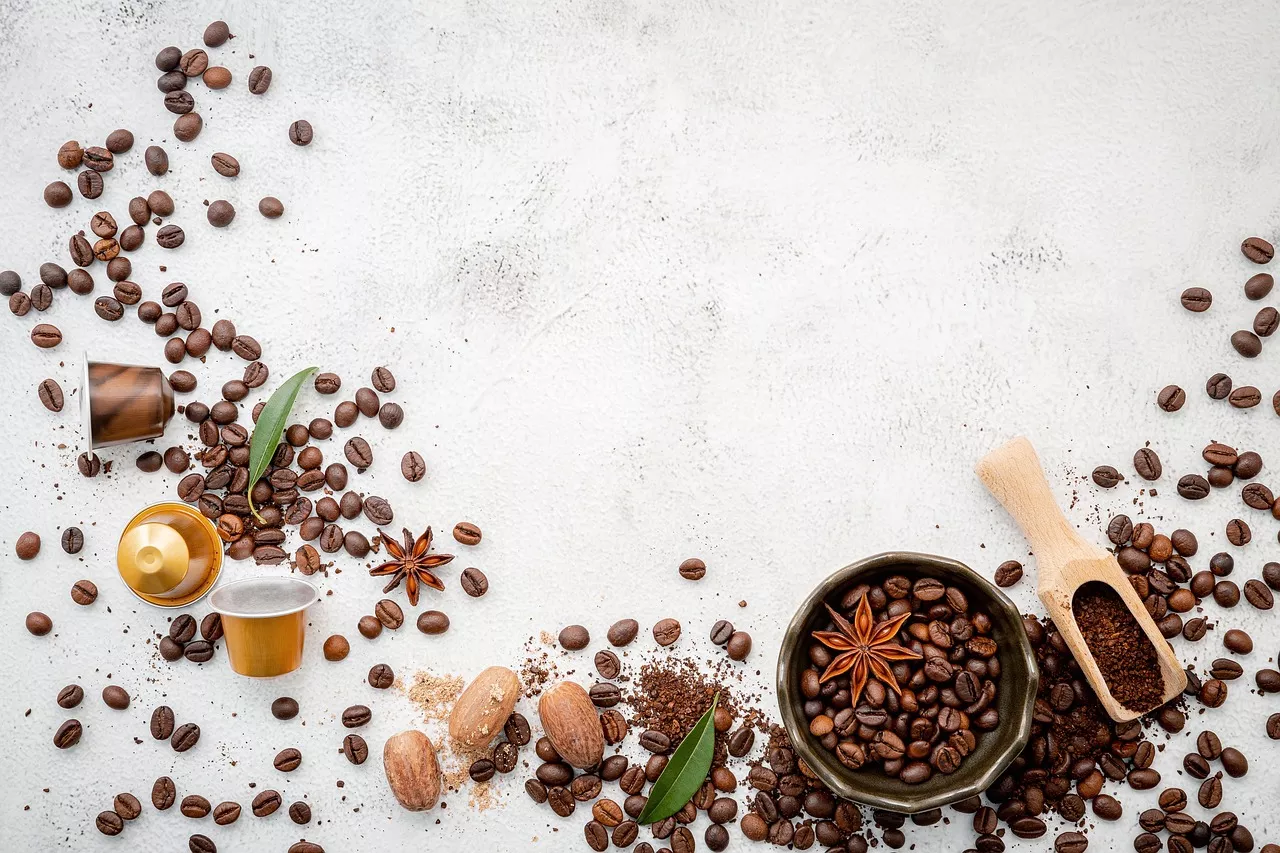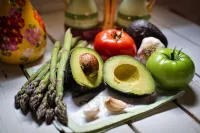Understanding the different coffee types
Coffee comes in a variety of types, each with its own unique flavor profile and brewing method. Understanding the differences between these types can help you find your perfect cup of joe. The two most common types of coffee beans are Arabica and Robusta. Arabica is known for its delicate flavors and higher acidity, while Robusta has a more robust taste and contains more caffeine. These beans are often blended to create the perfect balance of flavor and strength.
When it comes to brewing methods, there are several popular options to choose from. The French press is a classic method that involves steeping coffee grounds in hot water and then pressing them to extract the flavors. Pour-over brewing is another popular method that involves pouring hot water over coffee grounds in a filter, allowing the water to drip through and extract the flavors. Espresso, on the other hand, is made by forcing hot water through finely ground coffee beans under high pressure, resulting in a concentrated and bold flavor.
Arabica vs. Robusta: The battle of the beans
Arabica and Robusta are the two main species of coffee beans, each with its own distinct characteristics. Arabica beans are generally considered to be of higher quality, with a smoother, more complex flavor profile. These beans are grown at higher altitudes, which contributes to their unique taste. Robusta beans, on the other hand, are more robust and have a higher caffeine content. They are often used in blends to add body and strength to the coffee. Understanding the differences between these two types of beans can help you choose the perfect coffee for your taste preferences.
Exploring popular coffee brewing methods
There are numerous ways to brew coffee, each with its own unique set of flavors and characteristics. One popular method is the French press, which involves steeping coffee grounds in hot water and then pressing them to extract the flavors. This method produces a full-bodied and rich cup of coffee. Another popular brewing method is pour-over, which involves pouring hot water over coffee grounds in a filter, allowing the water to drip through and extract the flavors. This method produces a clean and bright cup of coffee. Espresso, on the other hand, is made by forcing hot water through finely ground coffee beans under high pressure, resulting in a concentrated and bold flavor. Understanding these different brewing methods can help you choose the perfect cup of coffee for your taste preferences.
The art of espresso: A closer look at the bold and intense coffee
Espresso is a unique and intense form of coffee that has gained popularity in recent years. It is made by forcing hot water through finely ground coffee beans under high pressure, resulting in a concentrated and bold flavor. The process of making espresso requires precision and skill, as the grind size, water temperature, and extraction time all play a crucial role in the final taste of the coffee. The result is a small shot of coffee that is rich, full-bodied, and packed with flavor. Espresso is often enjoyed on its own or used as the base for other coffee drinks, such as lattes and cappuccinos. It is the perfect choice for those who desire a quick and invigorating pick-me-up.
Unveiling the secrets of a perfect cappuccino
Cappuccino is a classic coffee drink that combines espresso, steamed milk, and a layer of frothed milk on top. The key to a perfect cappuccino lies in the balance between the espresso and the milk. The espresso should be strong and bold, while the milk should be creamy and velvety. The milk is steamed to create microfoam, which is then poured over the espresso to create the signature layered effect. The result is a smooth and rich coffee drink that is both comforting and indulgent. Cappuccinos are often enjoyed in the morning or as a mid-day treat, offering a perfect balance of caffeine and creamy goodness.
Beyond the basics: Lesser-known coffee types to try
While espresso and cappuccino are well-known and beloved coffee types, there are many other lesser-known options to explore. One such option is the macchiato, which is made by adding a small amount of milk to a shot of espresso. This creates a bolder and stronger flavor than a traditional cappuccino. Another option is the Americano, which is made by diluting a shot of espresso with hot water. This creates a milder and more balanced flavor. Other lesser-known coffee types include the cortado, the mocha, and the flat white, each with its own unique characteristics and flavor profiles. Exploring these lesser-known coffee types can expand your coffee horizons and introduce you to new and exciting flavors.
The role of coffee in different cultures around the world
Coffee is more than just a beverage; it is deeply ingrained in the cultures of many countries around the world. In Italy, for example, coffee is an integral part of daily life, with espresso being the preferred choice of drink. In Turkey, coffee is traditionally brewed in a special pot called a cezve and served with sugar and spices. In Ethiopia, the birthplace of coffee, the brewing process is considered a ceremonial event, with coffee being served in small cups and accompanied by popcorn. Exploring the role of coffee in different cultures can provide valuable insights into the history and traditions surrounding this beloved beverage.
Coffee and its health benefits: What science says
Coffee has long been rumored to have various health benefits, and recent scientific research has shed light on some of these claims. Studies have shown that coffee consumption may be associated with a reduced risk of chronic diseases, such as type 2 diabetes, Parkinson's disease, and certain types of cancer. Coffee is also a rich source of antioxidants, which help protect the body against oxidative stress and inflammation. However, it is important to note that the health benefits of coffee can vary depending on individual factors, such as genetics and lifestyle. Moderation is key when it comes to coffee consumption, and it is always best to consult with a healthcare professional for personalized advice.
How to choose the right coffee for your taste preferences
Choosing the right coffee for your taste preferences can be a daunting task, given the wide variety of options available. One way to narrow down your choices is to consider the flavor profile you prefer. If you enjoy a bold and intense flavor, espresso or dark roast coffee may be the perfect choice for you. On the other hand, if you prefer a milder and more balanced flavor, a medium roast or a coffee with a higher acidity, such as a Kenyan or Ethiopian coffee, may be more to your liking. Experimenting with different types of coffee can help you discover your personal favorite and make your daily coffee experience more enjoyable.
Brewing tips and tricks for a delicious cup of coffee at home
Brewing coffee at home can be a rewarding and cost-effective way to enjoy your favorite beverage. To ensure a delicious cup of coffee, it is important to pay attention to several key factors. First, invest in high-quality coffee beans that are fresh and have been stored properly. Grind the beans just before brewing to preserve their flavors. Use the correct water-to-coffee ratio and brew at the appropriate temperature and time for your chosen brewing method. Finally, don't forget to clean your equipment regularly to prevent any buildup of oils or residues that can affect the taste of your coffee. With these brewing tips and tricks, you can enjoy a delicious cup of coffee in the comfort of your own home.
Conclusion: The world of coffee awaits
In conclusion, coffee is a fascinating and diverse beverage that has captured the hearts and taste buds of people around the world. From the bold and intense flavors of espresso to the creamy indulgence of cappuccino, there is a coffee type for every palate. Understanding the different coffee types, brewing methods, and flavor profiles can help you navigate the world of coffee and find your perfect cup. Whether you prefer a strong and invigorating espresso or a comforting and creamy cappuccino, coffee has the power to awaken your senses and brighten your day. So grab your favorite mug, savor the aroma, and let the world of coffee take you on a journey of flavor and discovery.

 5 Creative Ways to Enjoy Avocado
5 Creative Ways to Enjoy Avocado Exploring Easy and Flavorful Fish Recipes
Exploring Easy and Flavorful Fish Recipes



